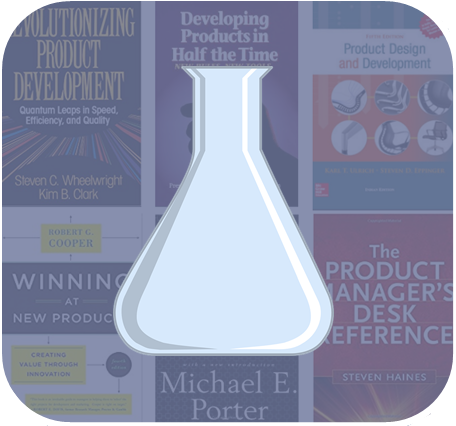“Why do we want to change the product development process? The answer: to increase profits.”
In the first paragraph of Chapter 2, Don lays it out clean and simple – all decisions in product development should be related to making profits. It’s almost as though he’s trying to spoil the ending to Eli Goldratt’s The Goal.
With this tenant of product development established, Don explains that the next conclusion is to put everything we’re considering in terms of profits.
In other words, decisions which involve different units – for example, is it worth hiring another engineer (units = $$) if it means we can launch one month early (units = months) – need to be turned into decisions with the same units.
In this example, we need to know how much profits will increase if we launch one month early. With that known, we can then compare the cost in dollars to hire a new engineer to the profit in dollars of launching early.
Don then lists the five most common trade-offs or objectives of product development:
- Cycle time (time from concept to market)
- Product value
- Product cost
- Development expense
- Risk
Most product developers have to continually assess these objectives and make decisions to trade one for the other. Should I try to go faster even though it may increase risk? Should we increase the product cost hoping that the new feature has more product value?
If you can’t express these things in dollars of profit, then you’re literally comparing apples and oranges.
I’ll leave it at that. An economic framework means a decision-making methodology that compares everything in dollars of profit.
